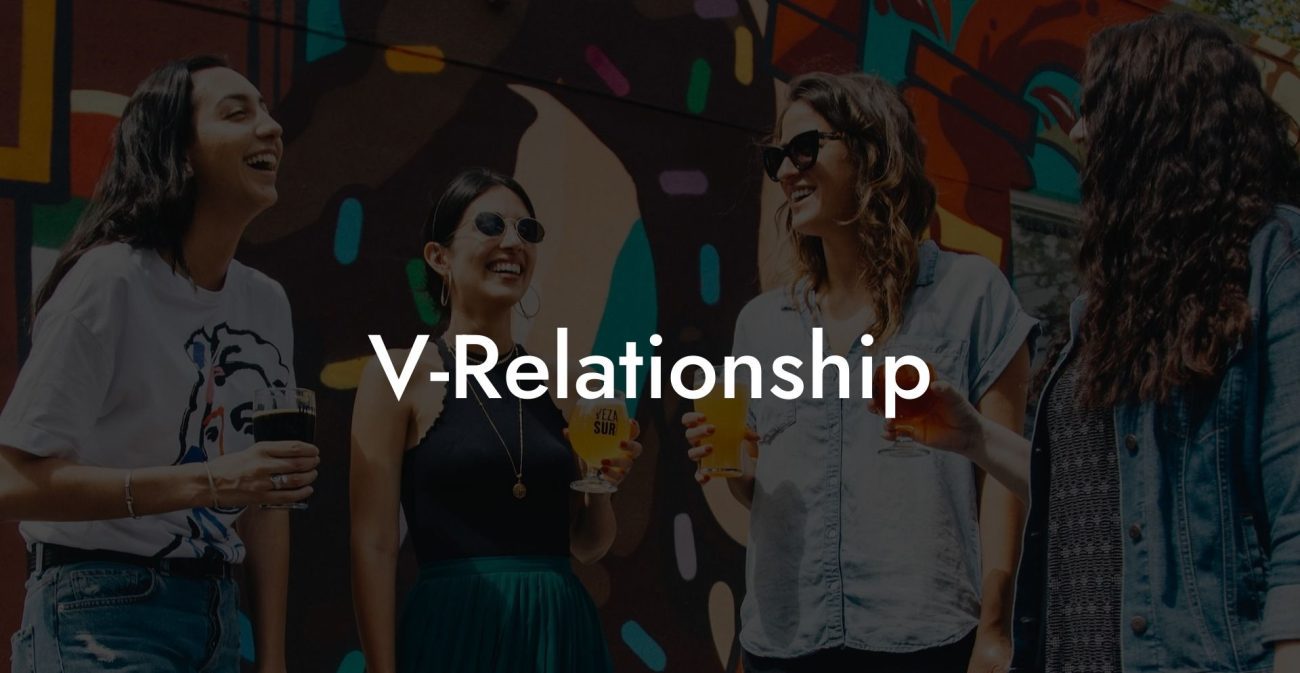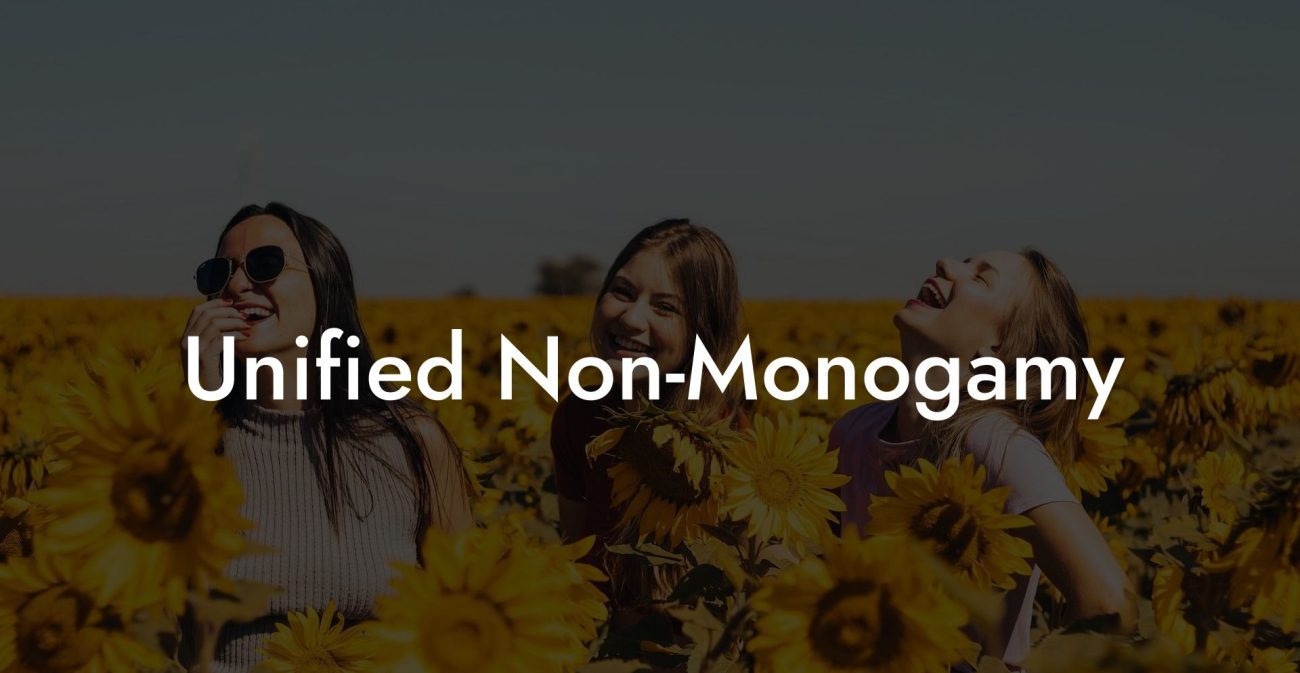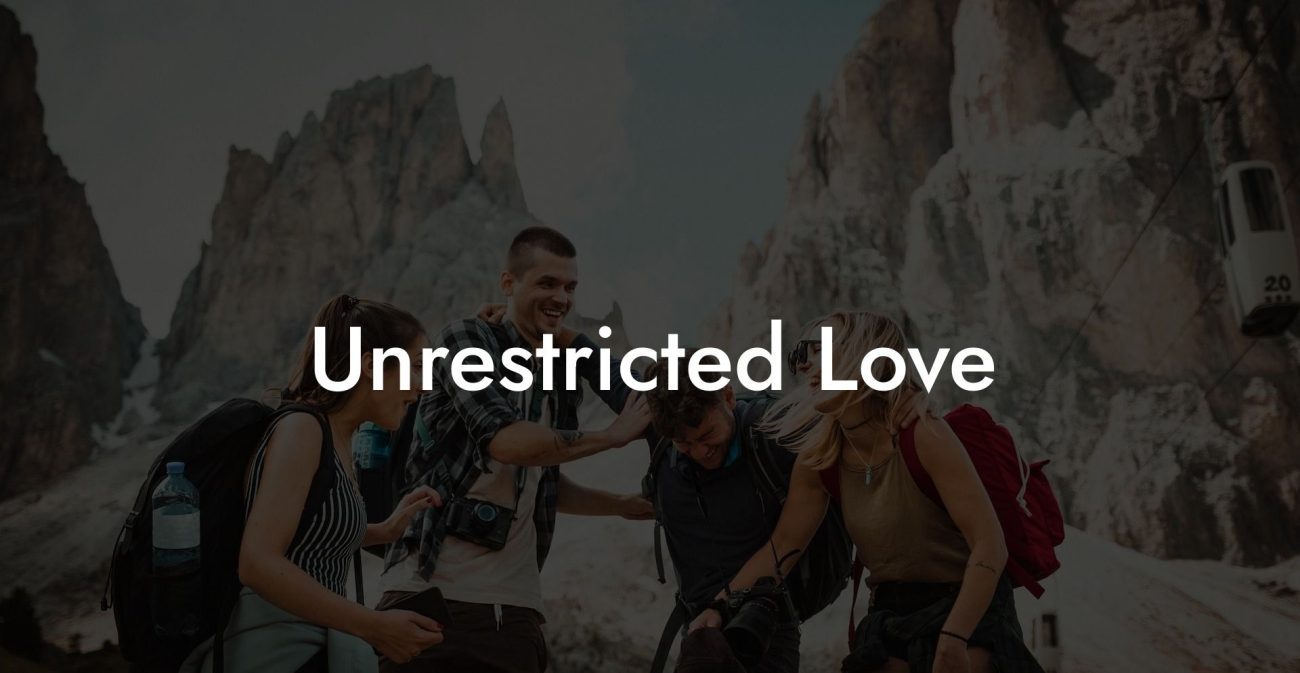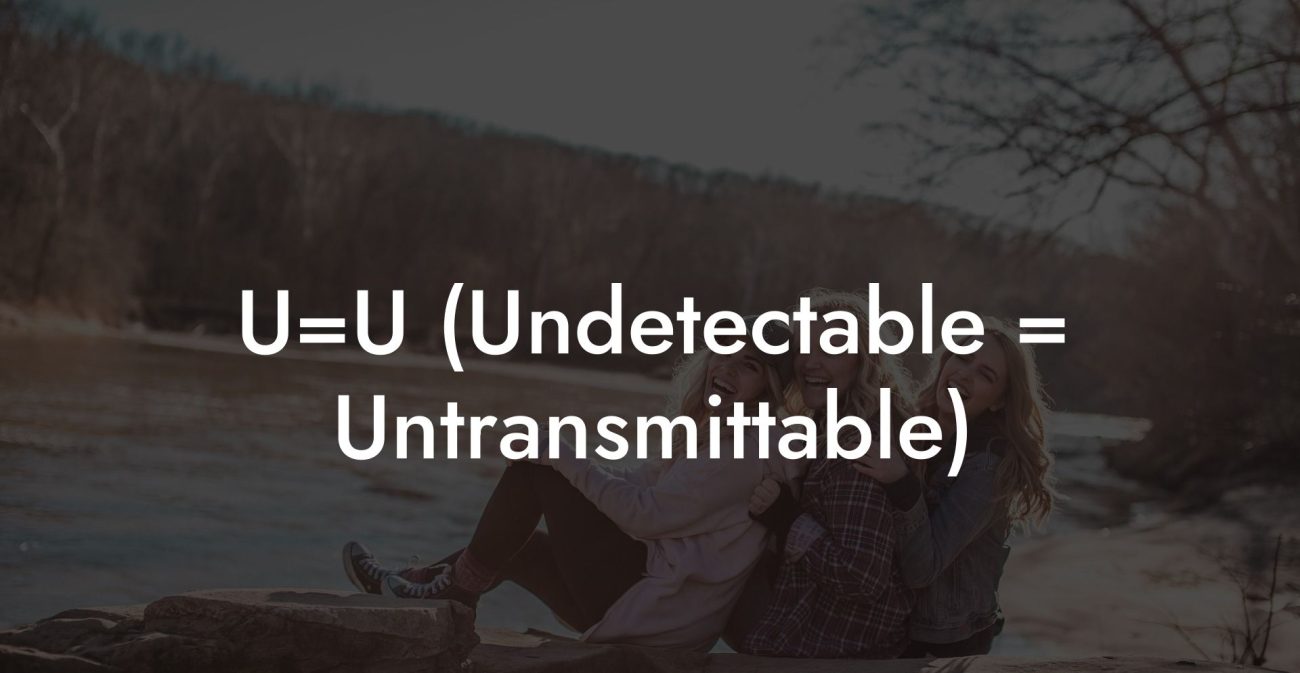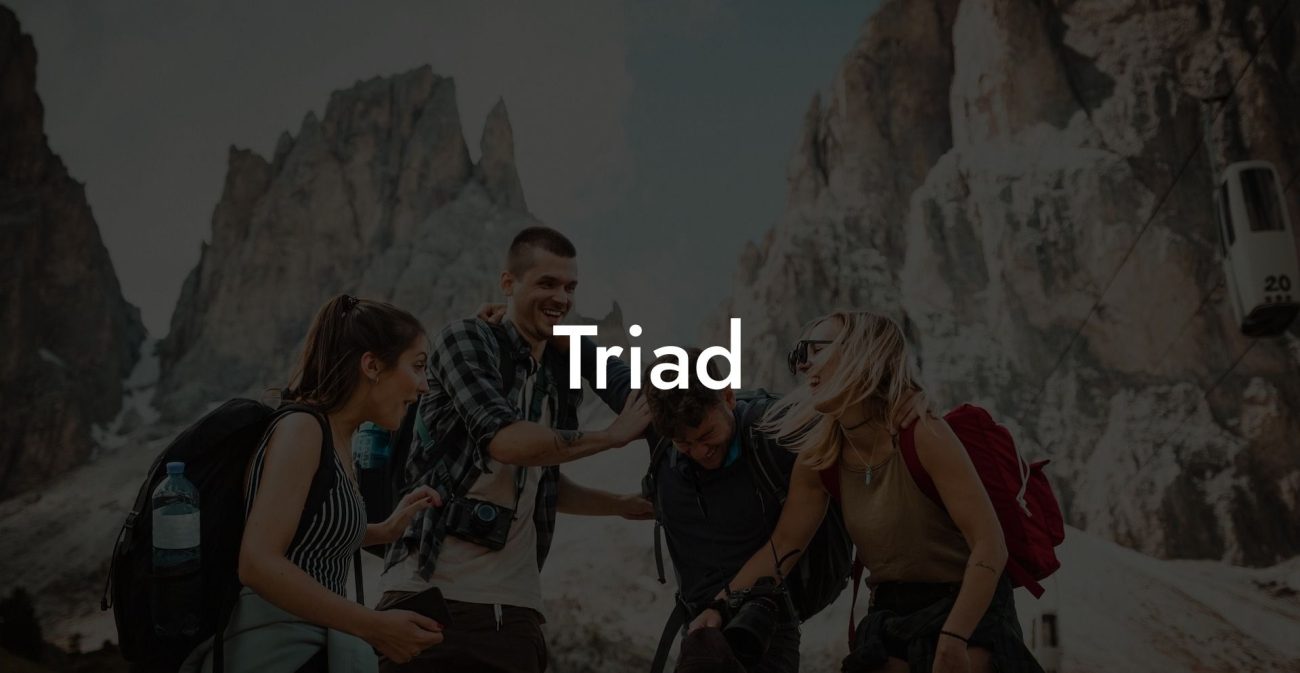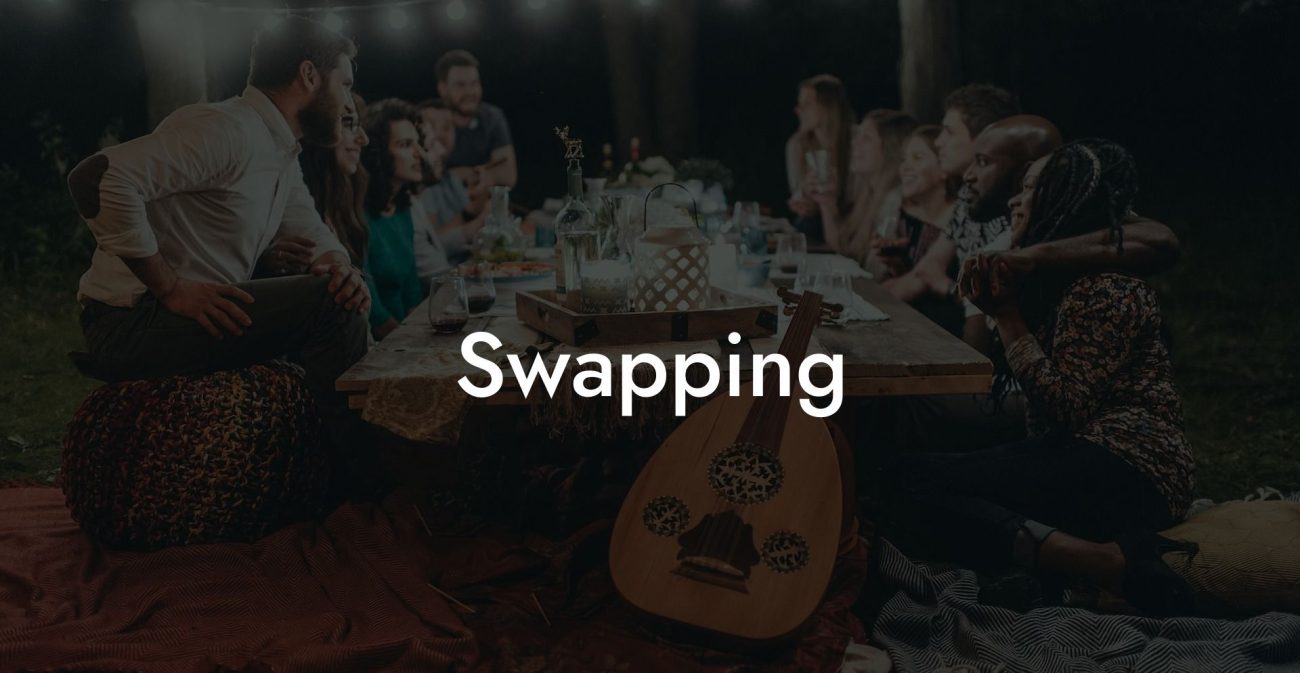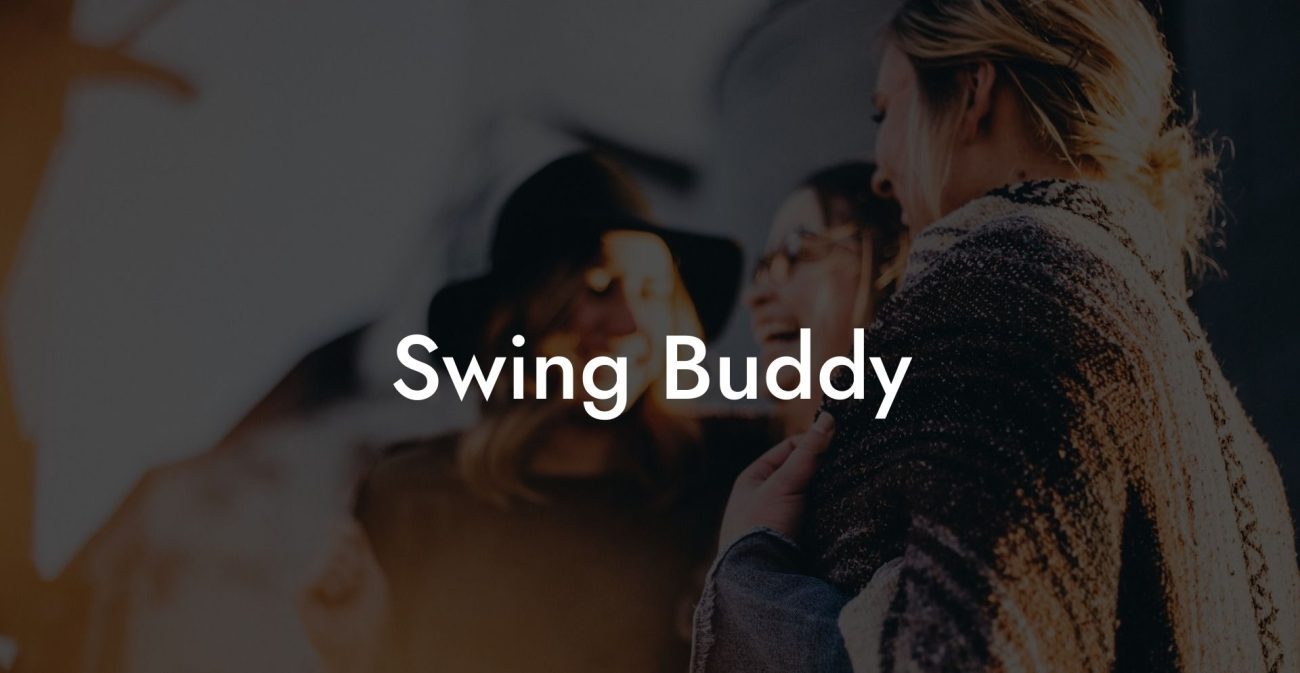Dynamic Alliance
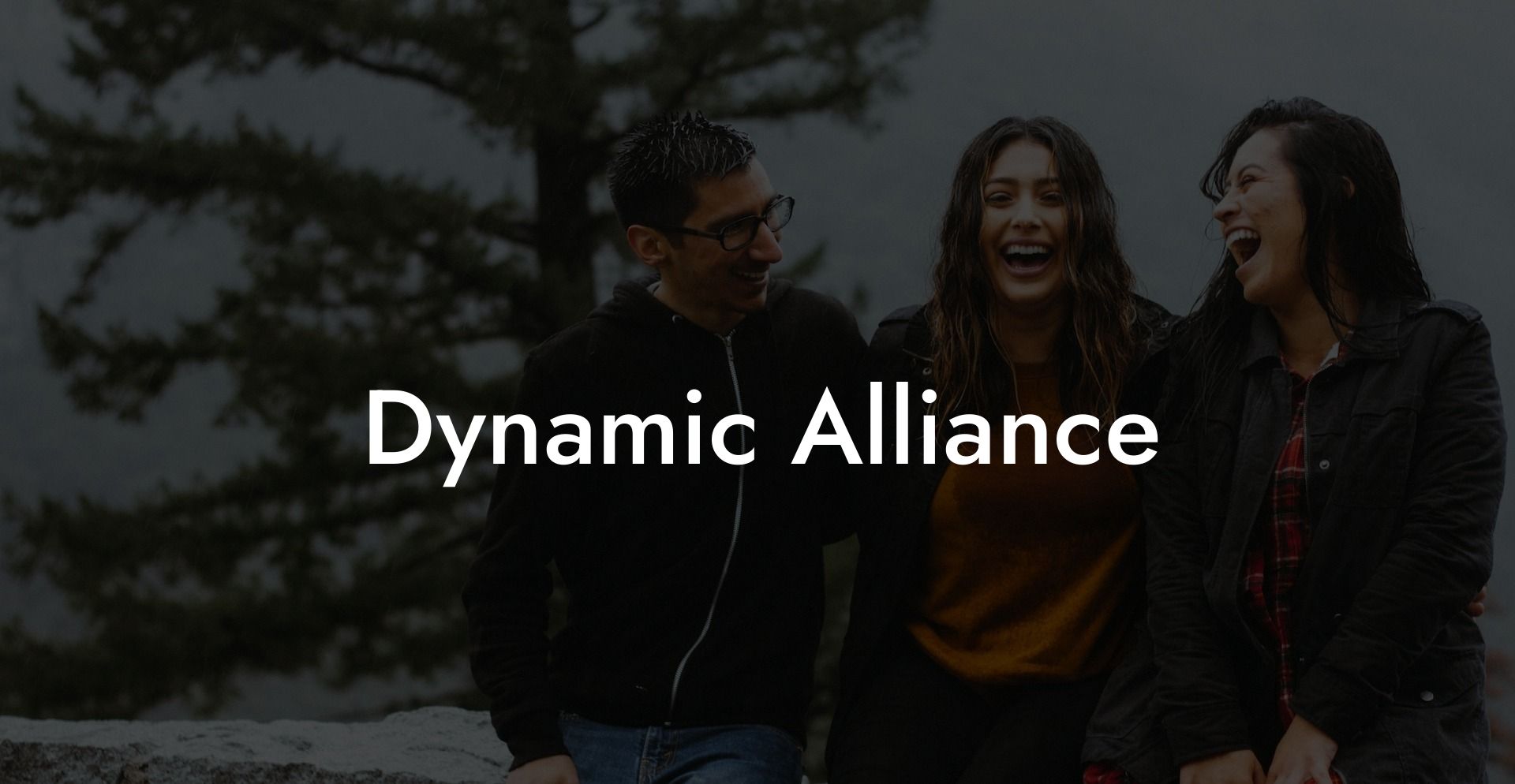
Ever wonder how a relationship network can feel like a superhero team-up, where every member brings their unique power to the table and adapts to new challenges on the fly? Welcome to Dynamic Alliance, a term in ethical non monogamy that encapsulates the fluid, ever-evolving bonds between partners who form a flexible, responsive, and highly supportive network. Picture a scene from your favorite action movie where each hero’s strength complements the other’s weaknesses, and together they overcome every obstacle. That’s Dynamic Alliance in a nutshell, it's a way to build relationships that are as adaptable and dynamic as life itself.
Quick Links to Useful Sections
- The Ethical Non Monogamy Term: Dynamic Alliance
- What Is Dynamic Alliance?
- Core Principles of Dynamic Alliance
- A Quick Video Explanation
- Historical and Cultural Context
- From Rigid Structures to Fluid Networks
- Everyday Life in a Dynamic Alliance
- How Does It Work?
- Communication and Decision-Making
- The Role of Flexibility
- The Benefits of Dynamic Alliance
- Collective Resilience
- Enhanced Communication and Trust
- Personal Growth and Empowerment
- Richer, More Diverse Relationships
- Challenges of a Dynamic Alliance
- Complex Communication
- Balancing Individual Needs with Collective Goals
- Managing Emotional Flux
- Dealing With External Stigma
- Frequently Asked Questions (FAQ)
- Resources and Community Support: Your Next Steps
The Ethical Non Monogamy Term: Dynamic Alliance
What Is Dynamic Alliance?
Dynamic Alliance refers to a relationship model within ethical non monogamy where every partner actively contributes to a fluid, interconnected support network. Unlike static or hierarchical models, a Dynamic Alliance is all about adaptability, each relationship is continuously evolving based on the needs, desires, and growth of all members. In this model, no one person holds permanent primary status; instead, the collective is always in motion, adjusting and rebalancing as life unfolds.
In a Dynamic Alliance, the focus is on collective empowerment, shared decision-making, and the idea that love is not a fixed commodity. Instead, it’s a living, breathing force that can grow and transform, just like you and your partners.
Core Principles of Dynamic Alliance
- Flexibility: Relationships are seen as adaptable and ever-changing. What works today might evolve tomorrow, and that’s perfectly okay.
- Collective Empowerment: Every partner contributes to the overall strength of the network, and decisions are made collaboratively.
- Mutual Support: The model emphasizes the idea that every member’s happiness and growth positively impacts the whole group.
- Open Communication: Continuous, honest dialogue is essential to navigate changes and ensure that everyone’s needs are met.
- Non-Hierarchical Structure: There’s no fixed primary or secondary status; all relationships are fluid and can shift over time.
A Quick Video Explanation

Historical and Cultural Context
From Rigid Structures to Fluid Networks
Traditional relationships were often defined by rigid roles and strict boundaries, where hierarchy was the norm. Over time, however, the rise of ethical non monogamy challenged these old paradigms, paving the way for more flexible and inclusive relationship models. Dynamic Alliance emerged as a natural evolution of these ideas, a model that celebrates change, shared responsibility, and the belief that emotional bonds can be both diverse and interconnected.
Historically, communities that were marginalized for their non-traditional lifestyles often had to build their own support networks, what we now call chosen families. Dynamic Alliance is an extension of that spirit, reimagining relationships as fluid alliances that adapt to each person’s unique journey.
Today, as social norms shift and more people embrace ethical non monogamy, Dynamic Alliance is gaining traction as a way to build relationships that are resilient, responsive, and rich in collective support.
Everyday Life in a Dynamic Alliance
How Does It Work?
In a Dynamic Alliance, relationships aren’t fixed. Partners may find that their roles shift over time based on individual growth, external circumstances, or changing emotional needs. For example, one partner might take on more of a nurturing role during a challenging period, while another might step up as the group’s creative force. The key is that these roles aren’t permanent, they’re fluid and constantly renegotiated.
Imagine your relationship network as a jazz ensemble, where each musician plays a solo when needed and then comes together for a collective harmony. The beauty of a Dynamic Alliance is that every partner’s strengths and unique qualities contribute to a richer, more adaptable whole.
Communication and Decision-Making
Open communication is the lifeblood of a Dynamic Alliance. Partners engage in regular check-ins, both individually and as a group, to discuss their feelings, set boundaries, and plan for future changes. Decision-making is a collective process, no single voice dominates, and every opinion is valued.
This model requires a high degree of emotional intelligence and a willingness to listen deeply. It might sound challenging, but many find that the rewards, deeper trust, enhanced intimacy, and greater overall satisfaction, are well worth the effort.
The Role of Flexibility
Flexibility is paramount in a Dynamic Alliance. As life evolves, so do the needs and desires of each partner. This flexibility allows the network to adjust seamlessly to changes, whether it’s a new career opportunity, a move to a new city, or simply the natural ebb and flow of emotions over time.
In practice, this might mean revisiting relationship agreements regularly or simply being open to spontaneous changes in plans. The goal is to create a relationship environment that is as adaptable and vibrant as the people in it.
The Benefits of Dynamic Alliance
Collective Resilience
One of the standout benefits of Dynamic Alliance is the collective resilience it offers. When every partner is invested in supporting the network, challenges become easier to navigate, and the group can adapt more effectively to external pressures.
- Shared Support: A dynamic network provides multiple layers of emotional and practical support, reducing the burden on any single individual.
- Increased Adaptability: Flexibility in roles and responsibilities allows the group to adjust quickly to changes, whether personal or external.
Enhanced Communication and Trust
Regular, open communication fosters an environment where trust flourishes. When every partner is committed to transparent dialogue, misunderstandings are minimized, and the overall emotional climate is supportive and nurturing.
- Stronger Bonds: Collective decision-making and shared responsibilities strengthen the connection between partners.
- Conflict Resolution: Open, honest discussions make it easier to address issues before they escalate into major conflicts.
Personal Growth and Empowerment
Being part of a Dynamic Alliance encourages individual growth. When you’re in an environment that values flexibility and mutual support, you’re free to explore your own passions and evolve as a person. This personal growth, in turn, enriches the collective, making the entire network more dynamic and fulfilling.
- Self-Awareness: Regular check-ins and open dialogue help you understand your own needs and desires better.
- Mutual Empowerment: Empowerment is both individual and collective, when one person grows, the whole group benefits.
Richer, More Diverse Relationships
Dynamic Alliance allows for a variety of connections to flourish. Whether you’re looking for intellectual stimulation, emotional support, or physical affection, a fluid relationship network can cater to all these needs. This diversity can lead to a more enriched emotional life, where every connection offers a different kind of fulfillment.
- Diverse Experiences: Multiple, varied relationships can offer a broader spectrum of support and joy.
- Customized Connections: Each relationship can evolve independently, providing exactly what you need at different times.
Challenges of a Dynamic Alliance
Complex Communication
Managing communication across a fluid network can be challenging. With shifting roles and evolving boundaries, it’s crucial to keep everyone on the same page.
- Tip: Regular group meetings and individual check-ins are essential to prevent misunderstandings.
- Tip: Use digital tools to document agreements and track changes over time.
Balancing Individual Needs with Collective Goals
In a Dynamic Alliance, every partner has unique needs and desires, which can sometimes clash with the collective’s goals. Balancing these individual differences while maintaining a unified network requires continuous negotiation and flexibility.
- Tip: Engage in honest, ongoing dialogue about personal and collective needs.
- Tip: Be willing to compromise and adjust your expectations as circumstances change.
Managing Emotional Flux
With roles and dynamics constantly shifting, emotional ups and downs are inevitable. It takes emotional resilience and a willingness to adapt to navigate these fluctuations without burning out.
- Tip: Practice mindfulness and self-care to manage stress.
- Tip: Seek support from trusted friends or professionals when needed.
Dealing With External Stigma
Despite growing acceptance of non-traditional relationship models, you may still encounter external judgment from those who cling to outdated norms. This can create additional pressure on your Dynamic Alliance.
- Tip: Build a robust support network of like-minded individuals who understand and celebrate your choices.
- Tip: Educate those around you when possible, and always prioritize your internal community’s values over external opinions.
Frequently Asked Questions (FAQ)
1. What is a Dynamic Alliance in ethical non monogamy?
A Dynamic Alliance is a flexible, non-hierarchical relationship model where partners form a constantly evolving network of connections, adapting to each other’s changing needs through open, collective decision-making.
2. How is Dynamic Alliance different from traditional hierarchical models?
Unlike traditional models that assign fixed roles (such as primary and secondary), Dynamic Alliance is fluid, with relationships and roles continuously renegotiated based on current needs and desires.
3. What are the core principles of a Dynamic Alliance?
The core principles include flexibility, collective empowerment, mutual support, open communication, and a non-hierarchical structure that allows all relationships to evolve organically.
4. How does Dynamic Alliance benefit my relationships?
It creates a robust, adaptive network of support that enhances trust, encourages personal and collective growth, and provides diverse sources of emotional and practical support.
5. What challenges might arise in a Dynamic Alliance?
Challenges include managing complex communication across multiple partners, balancing individual needs with collective goals, and navigating emotional ups and downs as roles shift.
6. How can I improve communication in a Dynamic Alliance?
Regular group check-ins, individual conversations, and the use of digital tools like shared calendars can help ensure that everyone stays on the same page.
7. How important is flexibility in a Dynamic Alliance?
Flexibility is critical, it allows the relationship network to adapt to changes in personal needs, life circumstances, and emotional dynamics, keeping the connections vibrant and relevant.
8. Can a Dynamic Alliance include both monogamous and non-monogamous relationships?
Yes, a Dynamic Alliance is about fluidity. It can incorporate a mix of relationship styles as long as all parties are committed to open communication and mutual support.
9. How do I balance my individual needs with the needs of the collective?
Regular, honest discussions about personal goals and collective expectations are key. Embrace compromise and be willing to adjust boundaries as needed to maintain harmony.
10. What role does self-care play in a Dynamic Alliance?
Self-care is essential, it ensures you have the energy and emotional resilience to contribute to the collective while nurturing your own well-being.
11. How can I handle external judgment or stigma about non-traditional relationships?
Build a supportive network of like-minded individuals, educate those around you when possible, and focus on the values and strengths of your Dynamic Alliance.
12. Where can I find more resources on Dynamic Alliance?
Additional resources include books like The Ethical Slut by Dossie Easton & Janet Hardy, podcasts such as Multiamory, and online communities like r/polyamory.
Resources and Community Support: Your Next Steps
- The Ethical Slut by Dossie Easton & Janet Hardy – A groundbreaking resource that explores ethical non monogamy and offers insights into various relationship models, including Dynamic Alliance.
- Podcasts: Listen to Multiamory and similar podcasts for personal experiences, expert advice, and strategies for maintaining flexible, supportive relationship networks.
- Online Communities: Join forums like r/polyamory to share experiences, ask questions, and connect with others who practice non-traditional relationship dynamics.
- Workshops and Webinars: Attend events focused on relationship psychology and ethical non monogamy to deepen your understanding and build your support network.
- Therapy and Counseling: Consider professional guidance if you need help navigating the complexities of a Dynamic Alliance, ensuring that you maintain balance and emotional well-being.
By exploring these resources and applying the practical strategies outlined in this guide, you can develop a deep, informed understanding of Dynamic Alliance and learn how to cultivate a flexible, resilient, and empowering relationship network. Embrace open dialogue, continuous learning, and self-care as you build connections that adapt, grow, and flourish over time.
Lost & confused by all of the terms, types and seemingly made up 3 letter acronyms?? We've got you. Check out our Ethnical Non-Monogamy Dictionary >>
Useful Interruption: Not sure which relationship vibe fits you best? Take our Relationship Test, it’ll give you the real insight into your natural relationship style. Then, dive into our binge-worthy guides (from the tried-and-true to the “wait, that’s a thing?”) and find the perfect relationship type for your life:
- Monogamy
- Open Relationships
- Ethical Non-Monogamy
- Solo Polyamory
- Non-Hierarchical Polyamory
- Hierarchical Polyamory
- Relationship Anarchy
- Swinging
Now back to the main article but yeah take the test...


